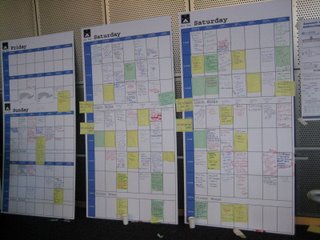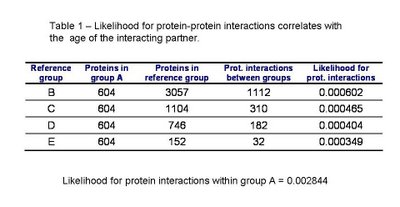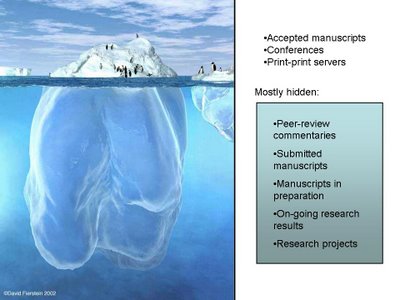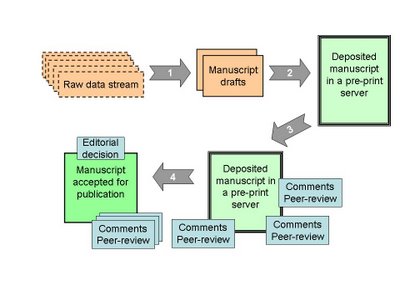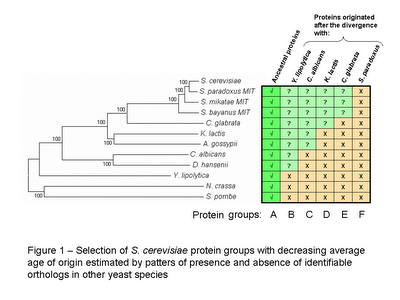I find it interesting to keep track of buzzwords in science. What exactly is a buzzword ? Here are some definitions from wikipedia:
A buzzword (also known as a fashion word or vogue word) is an idiom, often a neologism, commonly used in managerial, technical, administrative, and sometimes political environments.
Buzzwords appear ubiquitously but their actual meanings often remain unclear.
Buzzwords are typically intended to create the impression of knowledge for a wide audience.
Some of the buzzwords in science are used carve out sub fields of research, like systems biology, synthetic biology, comparative genomics, bioinformatics, metagenomics. What makes them more or less trendy ? The attention they are able to draw is (i guess) based on who is promoting them, the coverage they get in journals and probably more importantly the funding bodies perception of their relative importance. Ofcourse a well backed meme will be perceived as important, will receive more funding and the trend cycle kicks in. Then, the creation of a new buzzwords in science and ultimatly of new fields is very much dependent on marketing. Nothing new there, right?
On the other hand it is useful to be able to create some boxes around a couple of ideas and to build communities that can together work on a problem. These buzzwords help people to identify with each other as a part of the same community. Being forced to define the problems that the X-omics or X-biology faces helps us to tackle them, propouse new methods and to apply for grants. So, I think buzzwords are necessary to identify a group of related problems and to build communities around them.
What got this whole rant started ? :) A review by Eugene V Koonin entitled: "Evolutionary systems biology: links between gene evolution and function". I recently posted about my interest in the effect of mutation in biological systems so I am interested in this meme. Do we really need to call it "evolutionary systems biology" ? :)
Anyway, some facts about it.
I think it was first proposed as a field in a paper in April 2005: "Genomes, phylogeny, and evolutionary systems biology". At this time there are 704 hits in Google (one more after they crawl this post) and 6 papers in pubmed. Three of these are just because the CNIO has an "Evolutionary systems biology Initiative" in the Structural and Computational Biology Program.
There are at least 8 groups or people supporting the meme in their research interests or even in the name of the group.
There is one poster with this buzzword in the title in ICSB-2006, that is starting tomorrow.
What is it about ?
"To understand molecular evolution and gene regulation on the scale of complete genomes and biological systems."
"Evolutionary constraints on the trajectories are reflected at the molecular level, and can be probed by a number of techniques including biochemistry and comparative analysis of extant successful protein sequences. These constraints should also be reflected at higher levels of organization in biological systems, such as biochemical pathways. Integrating information across these levels of organization is critical for understanding the evolution of biological systems."
I'll probably check back on this in some time.
Tags:


